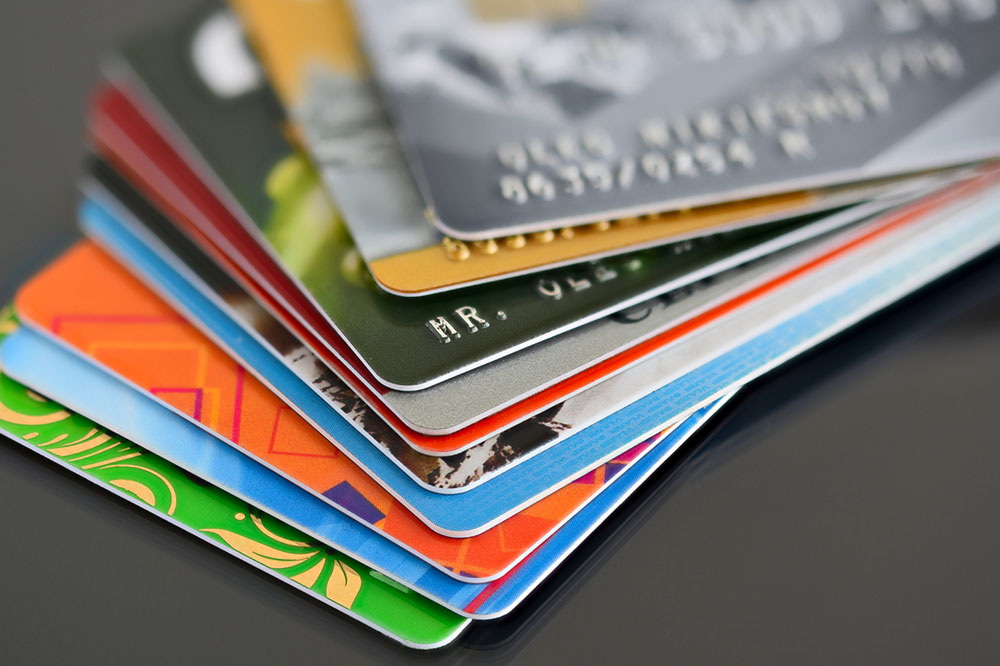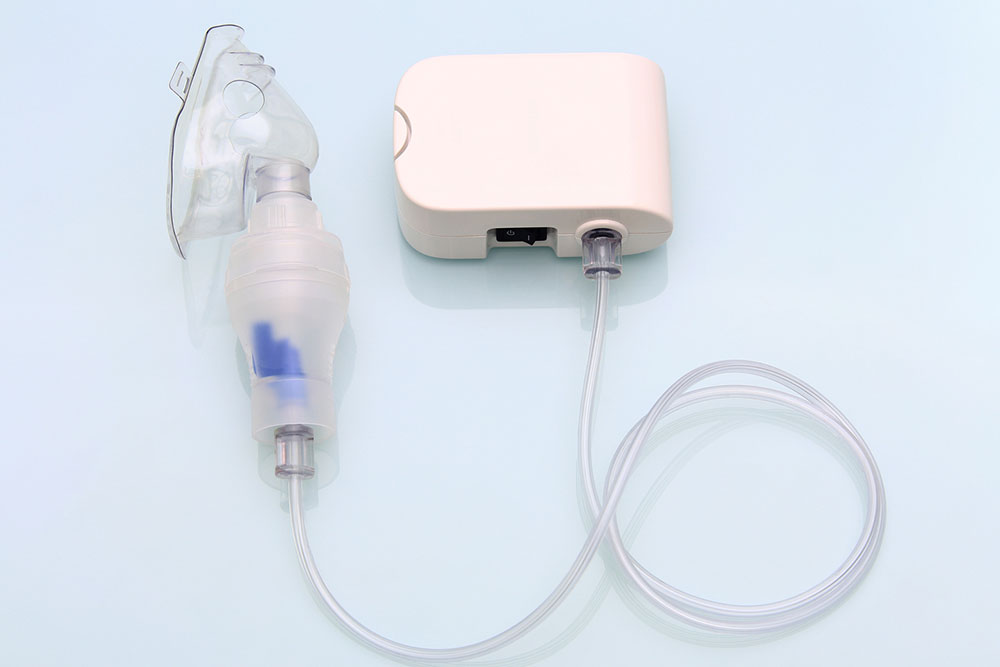A primer on the workings of a credit card

Credit cards are a boon in these modern times and there is no denying that. A swipe, a touch, a tap, and everything is paid for (yes, you do pay for what you buy, but not until later.) So, what’s the idea behind these swipes? Who is actually paying for the stuff we purchase? Are credit card companies making money every time we use our cards? These are some of the questions that we’re going to try to answer for you.
What is a credit card?
A credit card is a plastic payment card that is designed to provide us with a certain amount of credit. This amount can be used to make purchases. The only criterion is that you have to pay the money back as per the credit card company’s policy. When you pay the money back, the credit is restored to its original limit. In a way, a credit card is like a replenishable loan. You can keep taking the loan as long as you pay the money back within the stipulated time period.
How does a credit card work?
A credit card electronically transfers money from one person’s account to another’s. To do this, there are multiple stakeholders involved, namely the issuer, network, merchant, and user.
When you use your credit card, the merchant’s terminal uses the network to ask the issuer if the card is valid. It then asks whether there is enough credit on it. Depending on this, the transaction is either approved or declined. The money is then transferred from your account to the network and merchant.
How do credit card companies work?
For a credit card to work, there are two backend enterprises: one is the issuer of the card (the credit card company) and the other is the network.
Banks and credit unions are the credit-card issuers. Networks are companies that process credit card transactions. These include companies such as Visa, Mastercard, American Express, and more.
How do credit card companies make money?
One of the key stakeholders in the credit chain is the customer. Without the user, none of the credit card companies would be able to make any money. Below, we enlist three major sources of revenue for credit card companies:
- Interest
The customer is charged interest when they default on their payments. Different credit card companies have different rates of interest. This interest is charged on the total amount that has to be paid back to the issuer.
- Fees
Fees are essentially charges for using the service provided by the credit card company. They are predominantly divided into annual fees, cash fees, late fees, and balance transfer fees. The annual fee is charged on cards that typically come with high rewards; the cash fee is charged when you use your credit card to withdraw cash from your account; the late fee is charged when the user fails to pay the amount back by the prescribed due date; and the balance transfer fee is an amount charged by the issuer to transfer existing balance from one card to another.
- Interchange
While the user pays their dues, even merchants have to pay a certain amount of the money that is received to the issuer. This amount is the processing fee, and it can vary depending on the amount and number of transactions.
Interest and some fees can most definitely be avoided by paying credit card bills on a timely basis.

